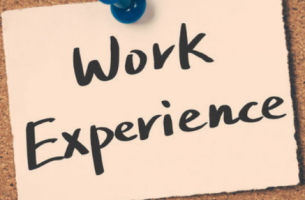“Understanding the costs of your supply chain will allow you to make better decisions...period. Whether your aim is to improve customer service, reduce inventory, improve cash flow, grow the bottom line or a combination of these, you HAVE to have a handle on your costs.
Getting under the skin of the logistics, storage, purchasing and production costs incurred at all stages of your supply chain will allow you to streamline your operations and drive cost savings.
A detailed cost-to-serve analysis will give you all the data you need.”
What does ‘Cost-to-serve’ entail?? In order to fully understand the cost of your supply chain and logistics operation, a cost-to-serve piece is pretty vital. In a nutshell, a cost-to-serve will give you each activity and element cost of servicing your customers….get your stopwatch, pencil and paper ready! Typically, this begins at order processing. If this is fully automated though perhaps a sophisticated EDI system, the cost of this will be relatively small. You can calculate this roughly by taking the total number of transactions over a set period and dividing this by the cost of running and operating the system (any licensing fees, user labour costs, etc.) If you want to get detailed here or have particular issues around incorrect order entry, or heavy manual order management and amendments, you can also generate a cost element associated with amending orders. How do you do that? Each time an order has to be amended, record the total time taken in user hours to do that. You’ll need to make sure you’ve got a good enough sample that you can confidently extrapolate that to give a yearly amount. I’d suggest a couple of weeks – perhaps at different times in the year – over a range of users. Take the total time taken in hours each week say by the average user in amending orders, multiply that by the hourly wage rate and multiply up to give your annual cost of amending orders. Continue this cost analysis exercise for all stages in your supply chain process. At goods receipt:- How long does it take to receipt the delivery?
- How many units on that delivery?
- What’s the total labour cost of goods receipt?
- Total time taken to put away?
- How many units per hour?
- Labour cost?
- How many units picked per hour?
- Labour cost? This includes labour to pick, pack and label.
- Cost of packaging used?
- Cost of labelling?





